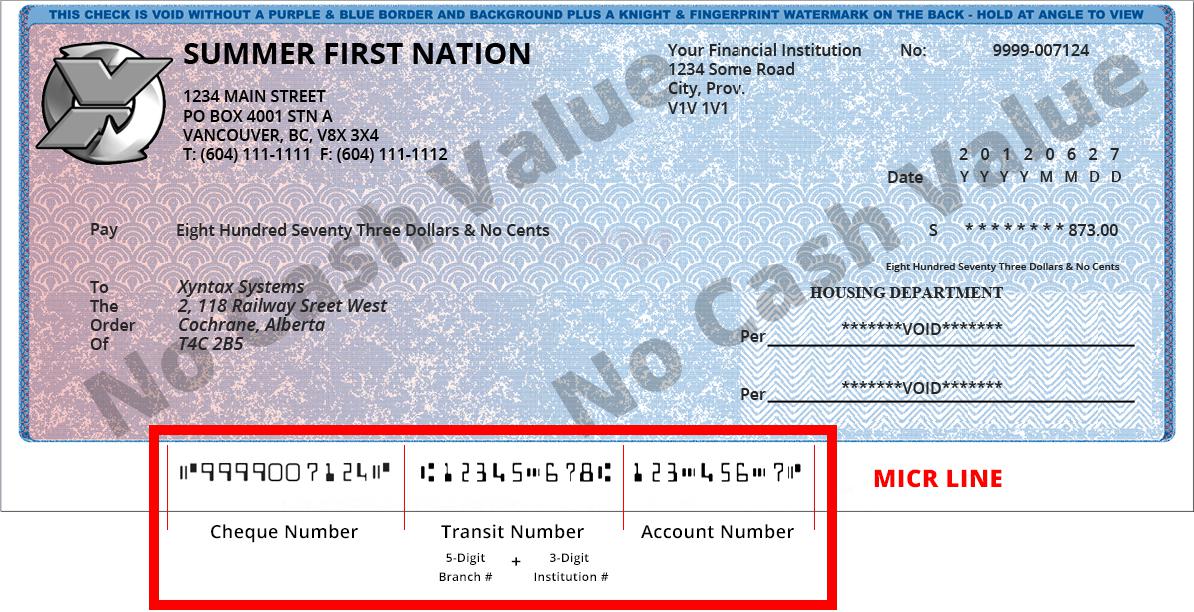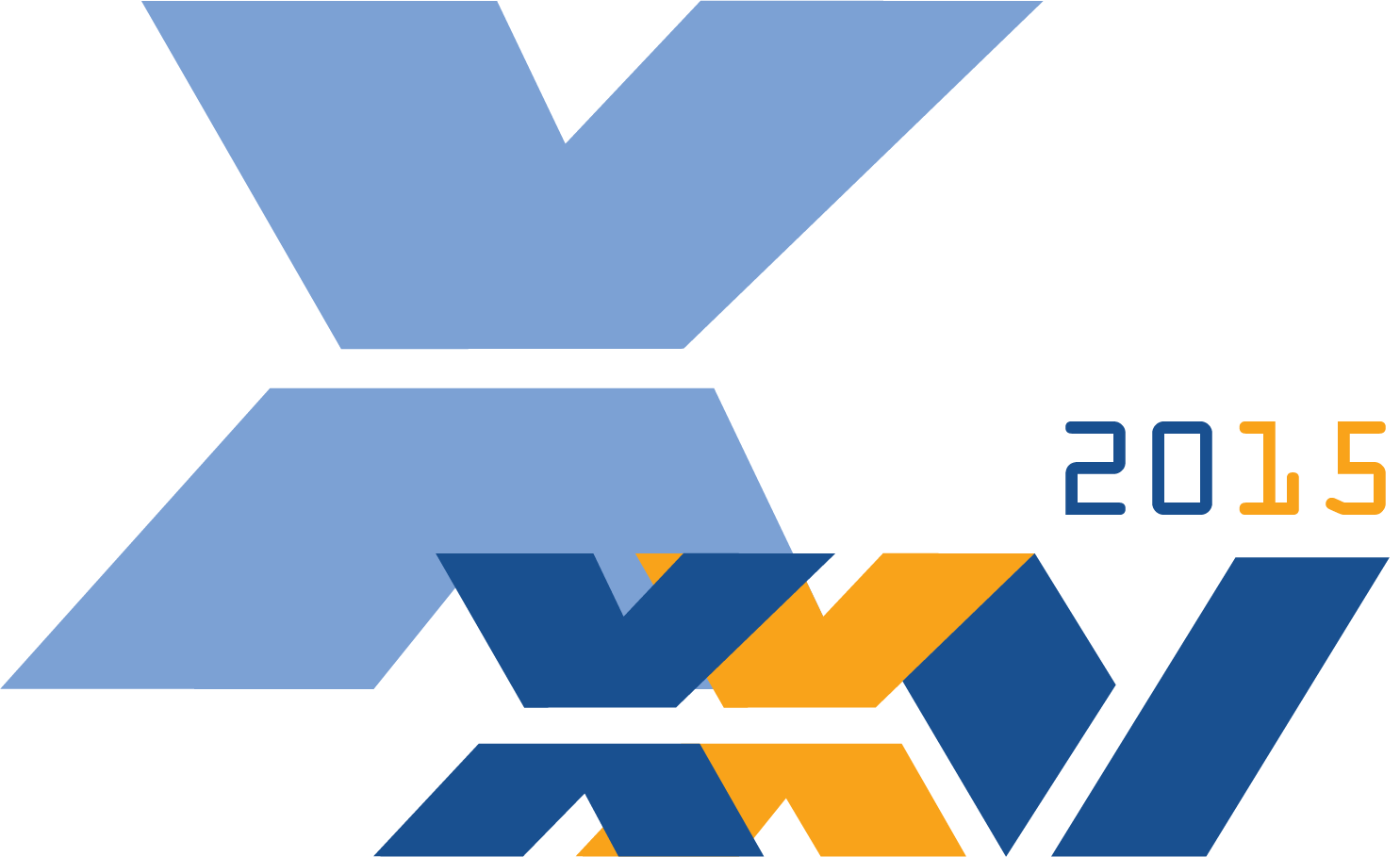What is MICR?
Q: Wha is MICR?
It’s those mysterious, funny characters at the bottom of a cheque, sometimes referred to as the MICR line. The term “MICR” is an acronym. It stands for Magnetic Ink Character Recognition, \my-kur\, and refers to the special numbers at the bottom of cheques that are required by Canadian Payment Association (payments.ca) and ANSI (ansi.org) to make the cheque-clearing process more efficient.
As the name indicates, this technology uses magnetic reading to identify these unique numbers and characters. Unlike regular laser toner, or ink, MICR toner contains iron oxide, that when magnetized, will emit a magnetic signal that identifies each unique character.
The MICR line includes the Cheque, Transit (Branch + Institution), and Account Numbers.

Full MICR specifications can be found here.
Q: What’s the difference between MICR Ink and MICR Toner?
MICR Ink is used for cheque–printing on Inkjet printers. MICR toner is used for cheque-printing on Laser printers. Assuming the magnetic ink or toner cartridges are originally manufactured (as opposed to refilled or remanufactured), then both kinds of cartridges should meet CPA and ANSI standards for cheque printing.
Q: Should I use an Inkjet Printer or a Laser Printer?
Print volumes, speed and security requirements should help you decide what kind of cheque printer you need. Inkjet printers are known to print much slower than laser printers, and printing cheques is no exception. It will be difficult to find an inkjet printer that will print MICR at speeds much higher than 20 pages-per-minute (ppm). Inkjet printers also aren’t nearly as scalable as laser printers in terms of accessories – trays, drawers, or security options. Networkable, workgroup laser MICR printers, offer a broader range of speeds (26-62ppm) and a variety of additional trays and drawers for multiple types of cheque stock.
The cheque printing environment is key to deciding which kind of solution to use. Very small organizations that print only a few cheques a day or week might find a MICR ink solution suitable, but environments where volumes are more significant or there are multiple employees involved in the process should utilize a MICR laser printer solution.
Q: Why do we need to print cheques with MICR ink and toner?
As per the CPA standards and all banks require that cheques be printed with MICR ink or toner for ease of processing. As a cheque travels through the cheque clearing system, it passes through reader-sorters which send a magnetic charge to the cheque, allowing the machine to read the information contained within the MICR line.
If the shape and/or magnetics of the characters do not meet specified standards, or if a cheque or other negotiable document is printed with regular (non-MICR) ink or toner, the reader/sorter will reject the cheque. As per the CPA standards and all creating manual processes for the bank to process the cheque, and cause the company that printed the document to be charged with rejection fees.
Customer support service by UserEcho

